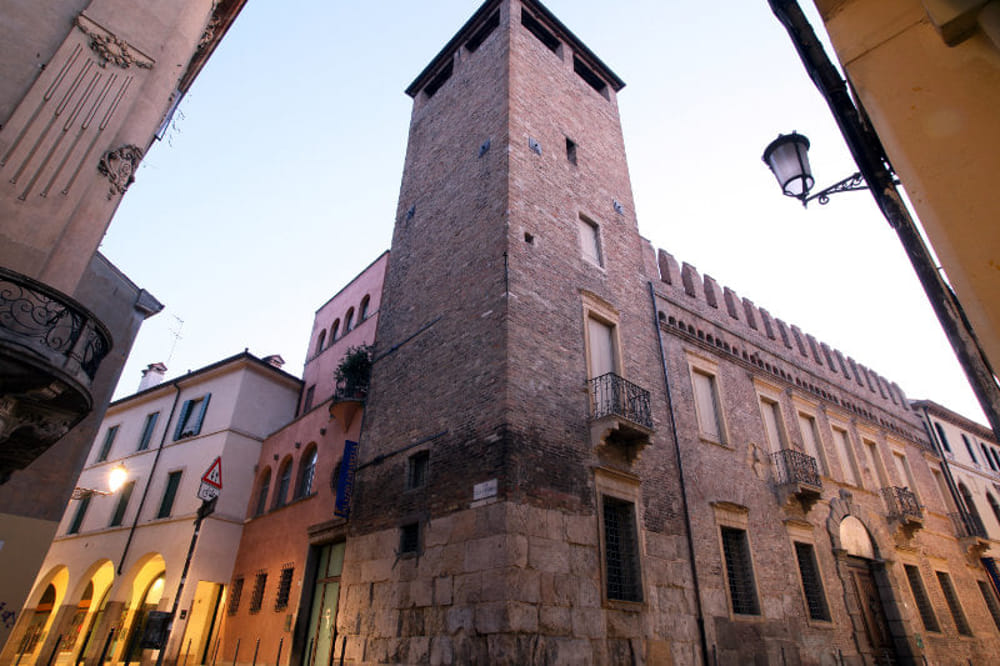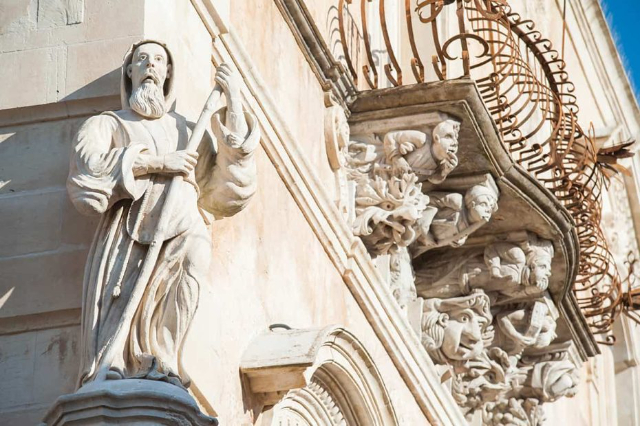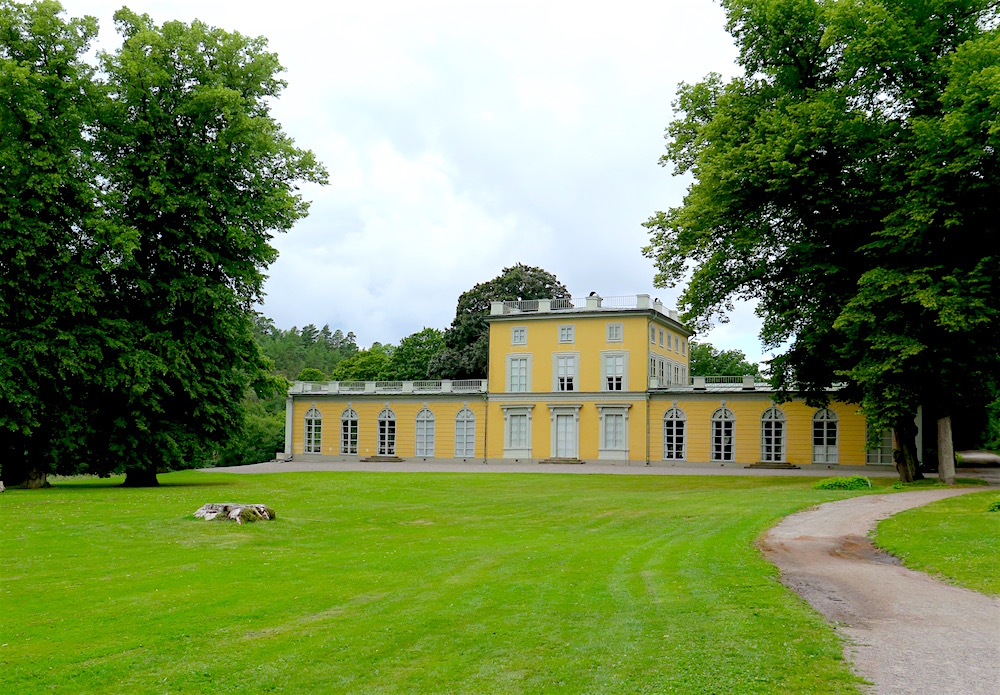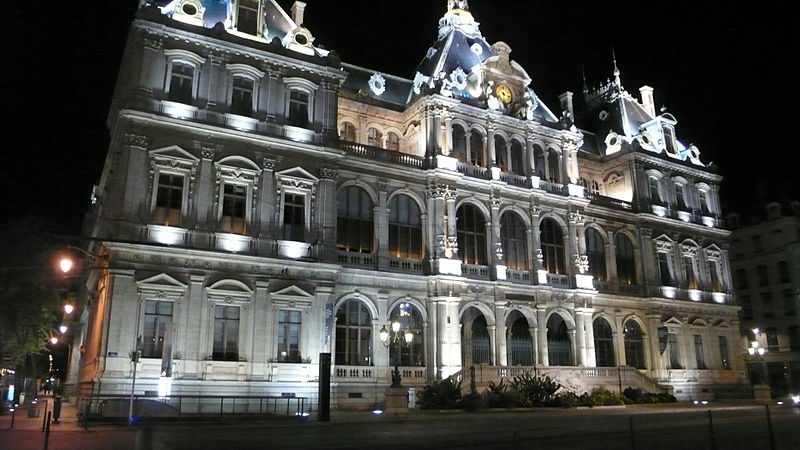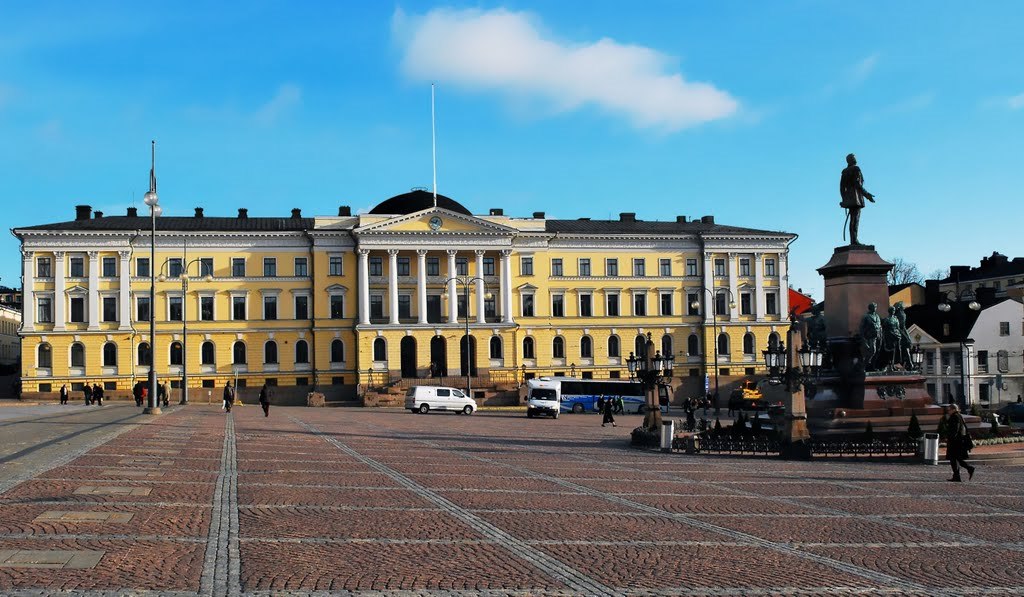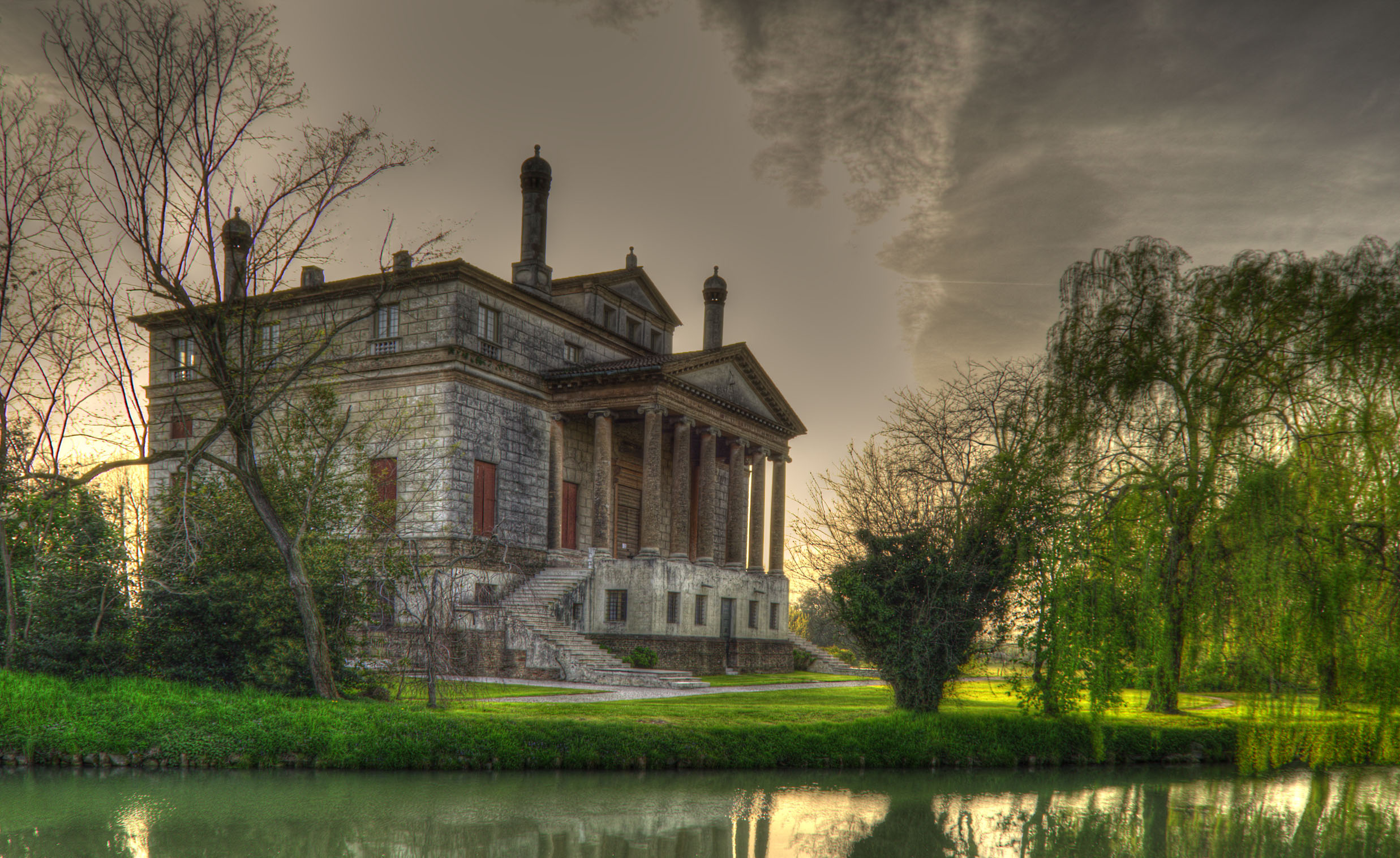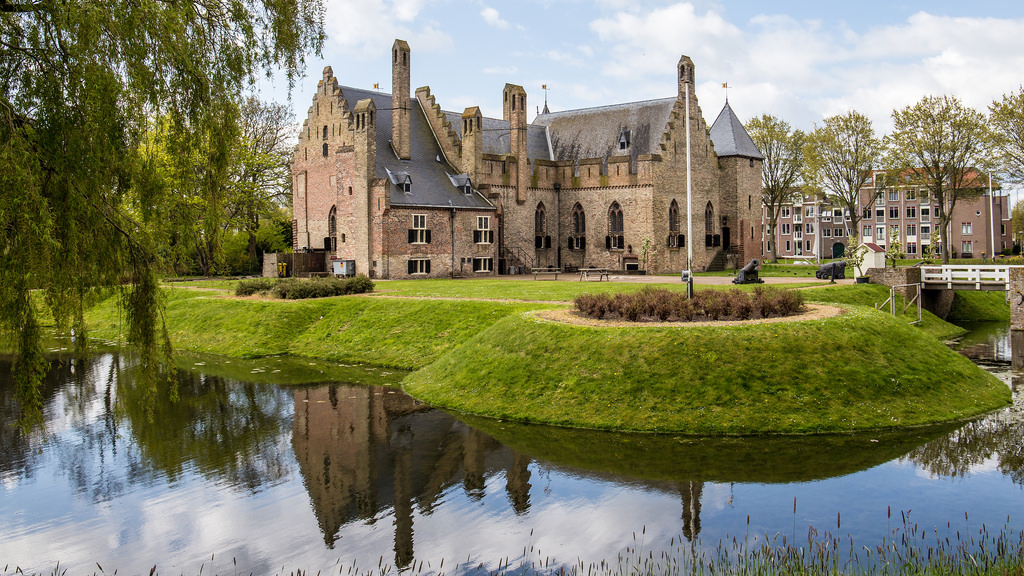At the corner of Via S. Francesco and Via degli Zabarella we find Palazzo Zabarella, perhaps one of the most significant surviving testimonies to the appearance of medieval Padua and therefore a witness to the city’s history.
In ancient times the area was called Romanian, because of the considerable amount of ruins dating back to Roman times.
The evidence of that period remains in the reuse of Roman bricks for the construction of the tower, the element that best characterizes the palace in relation to the city, and the core of the building, dating back between the twelfth and thirteenth centuries.
Some excavations have revealed evidence of residential settlements that date back even to the beginning of the eighth century BC and production activities, mostly related to the manufacture of ceramics, dating from the fifth century BC.
In particular, the excavations have brought to light a house-laboratory decorated in some rooms by splendid mosaic floors.
We have no information about the first owners of the palace, which appears among the properties of the Da Carrara family until the end of the fourteenth century when the palace passed to the Zabarella family, who maintained ownership for more than four centuries, leaving it substantially unchanged in its spatial articulation but radically transformed in its façade.
It was in the sixteenth century that the façade on Via San Francesco was renovated, with the insertion of windows and balconies in Renaissance style, while maintaining the feudal construction with the tower and Guelph battlements.
The neoclassical façade was redesigned in the early 19th century by the famous architect Daniele Danieletti, whose work was crowned around 1818-19 by the refined wall decorations by three famous artists: Francesco Hayez, Giuseppe Borsato and Giovanni Carlo Bevilacqua, already active in Venice and interpreting the neoclassical taste of the rediscovery of antiquity.
Today Palazzo Zabarella is the seat of numerous cultural events and exhibitions of great international scope.
